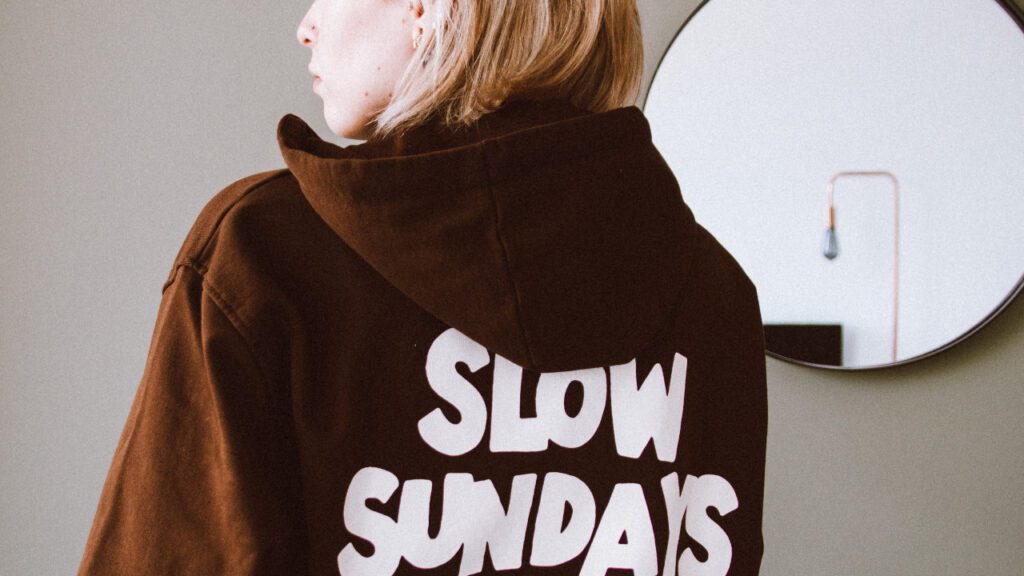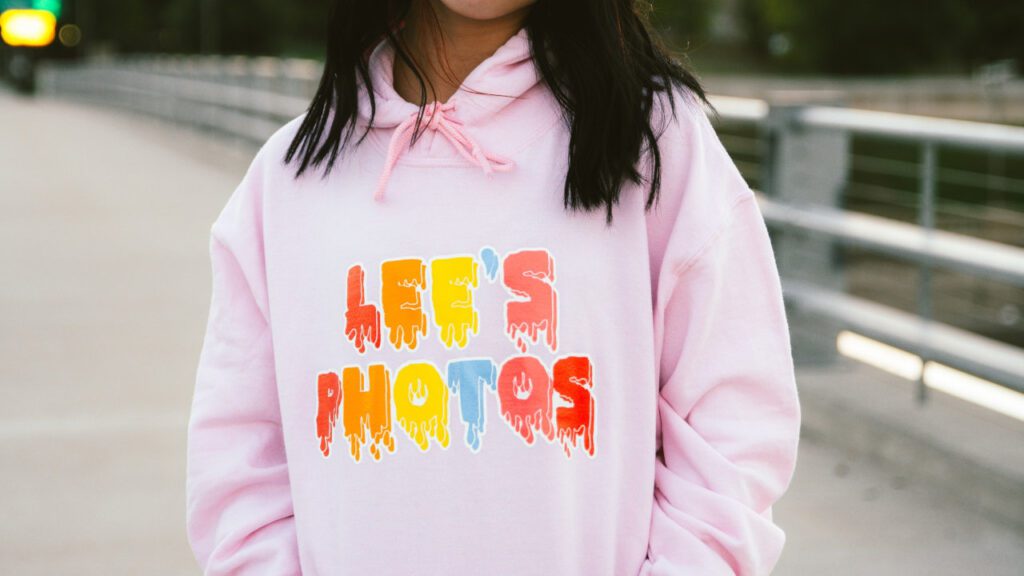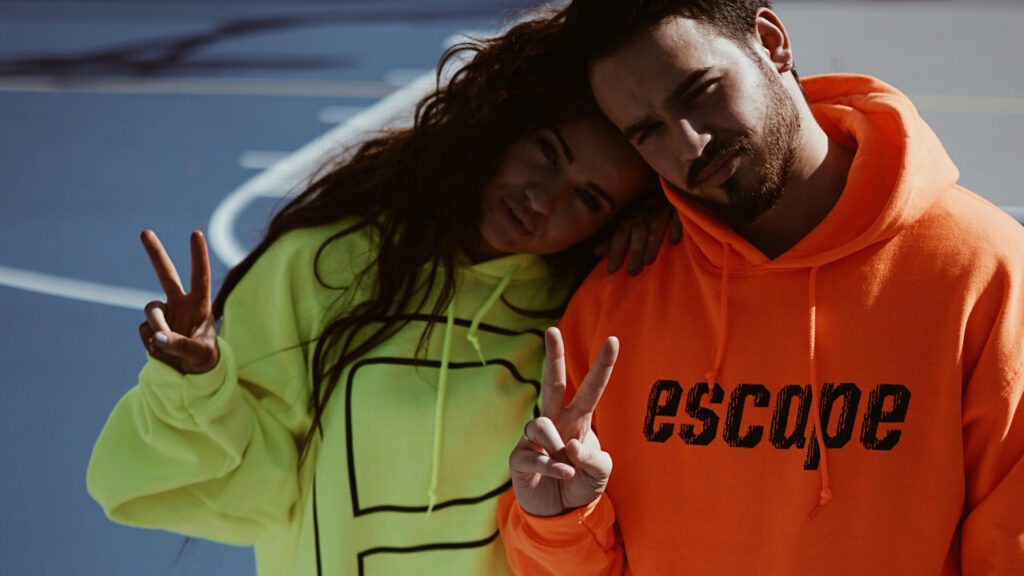For business owners in the screen printing industry, hoodies are one of the most popular items to customize and sell. Whether you are new to the industry or an experienced veteran, understanding the best practices for screen printing on hoodies is crucial for ensuring quality prints and happy customers. In this article, we will discuss the best practices for screen printing on hoodies to help you create the most successful product possible.
How To Screen Print On Hoodies: 5 Proven Strategies To Get The Best Results
For business owners in the screen printing industry, hoodies are one of the most popular items to customize and sell. Whether you are new to the industry or a veteran, understanding the best practices for screen printing on hoodies is crucial for quality prints and happy customers. In this article, we discuss the best practices for screen printing on hoodies to help you create the most successful product possible.

1. Strategize Artwork Placement Before Screen Printing On Hoodies
Adjusting artwork when screen printing on a hoody is essential for a successful print . Taking the garment’s features into consideration can ensure that the design isn’t distorted or cut off in the process.
For example, artwork may need to be lowered on the back of a hoody, or the front of a quarter-zip sweatshirt. Artwork might need to be shrunk to fit between a collar and a kangaroo pocket. Additionally, artwork can be spanned across a zipper by cutting it in half and leaving a slight gap in the middle.
Furthermore, it’s recommended that printers stick to simpler artwork when printing on sweatshirts as they are more prone to shifting during printing.
Ultimately, adjusting the artwork according to the garment features is a must for any successful screen printing job on a hoody.

2. Preshrink Hoodies Before Screen Printing On Them
Preshrinking garments before screen printing on a hoody is an incredibly important step. This is especially true for hoodies made from synthetic blends, or those made with 100-percent synthetic materials. These fabrics tend to shrink significantly when exposed to high amounts of heat.
To avoid any issues with the garment shrinking after printing, it is best to run the entire batch of sweatshirts through the conveyor dryer before printing. This will ensure that all of the hoodies are the same size.
Additionally, preshrinking the garments helps to make sure that the fabric will not curl around the edges of the print, which can result in a unprofessional appearance.

3. Increase The Off Contact When Screen Printing On Hoodies
Increasing the off-contact distance when screen printing on a hoody is essential for achieving a perfect print. Thicker substrates require more room between them and the screen to ensure that the screen snaps off cleanly and the ink remains crisp.
Following the general rule of doubling the usual off-contact distance, the recommended off-contact distance should be around ¼ of an inch. This helps to ensure the print is even, with no blurring or smudging.
Furthermore, it is important to remember to adjust the off-contact distance for each new substrate to ensure optimum results.

4. Flash Between Colors When Screen Printing On Hoodies
Flashing is an important step when screen printing on a hoody. This is true because it allows the plastisol ink to dry between colors, preventing a wet-on-wet printing process.
Flashing is a process where the previously printed color is exposed to a short burst of ultraviolet light. This will quickly cures the ink so that it is tack free. It helps to prevent damage to the print and allows for greater level of control when layering colors.
Additionally, flashing ensures that plastisol inks do not run together when printing on a hoody. It will reduce the risk of creating a muddy or dirty print.
Ultimately, flashing between colors is a critical part of the screen printing process when printing onto a hoody. Flashing between colors is highly recommended to ensure the best quality of the final product.

5. Maximize Durability with Low Temperature Curing When Printing on Hoodies
Curing at a lower temperature for longer when screen printing on a hoody is incredibly important. The higher the synthetic content, the higher the risk of dye migration. This can cause the ink color to be altered.
Additionally, curing at a lower temperature with a longer curing time is beneficial even without the risk of dye migration. This is because the thicker material of the hoody will hold more moisture and inks will therefore take longer to properly cure.
Therefore, it is important to follow the guidelines of lowering the curing temperature and increasing the curing time to keep print quality high.
The Takeaway
From the right equipment to the proper inks, screen printing on hoodies can be a rewarding and enjoyable task. With a bit of practice and research, you can create professional-looking prints on even the toughest of fabrics. The hoodies you make will be cherished by your customers for years, and you can be proud to know that you had a hand in creating them. So take the time to learn about all the best practices for screen printing on hoodies and you will be one step closer to becoming a master screen printer!
- 6 Ways Weather Impacts Screen Printing Quality
- Top 5 Tips For Screen Printers To Avoid Exceeding Capacity
- 6 Ways To Lower Turnaround Times For A Screen Printing Shop
- 5 Reasons Your Screen Printing Business Needs A Website
- Grow Your Screen Printing Business With Niche Marketing
- 4 Benefits Of Outsourcing Screen Printing T-Shirts
- 6 Reasons Garment Decorators Need To Sell Team Spirit Wear
- How To Grow Your T-Shirt Printing Business With eCommerce
- Your Guide To Running A School Uniform Online Store
- How To Bump Up Your T-Shirt Printing Prices Without Losing Clients




